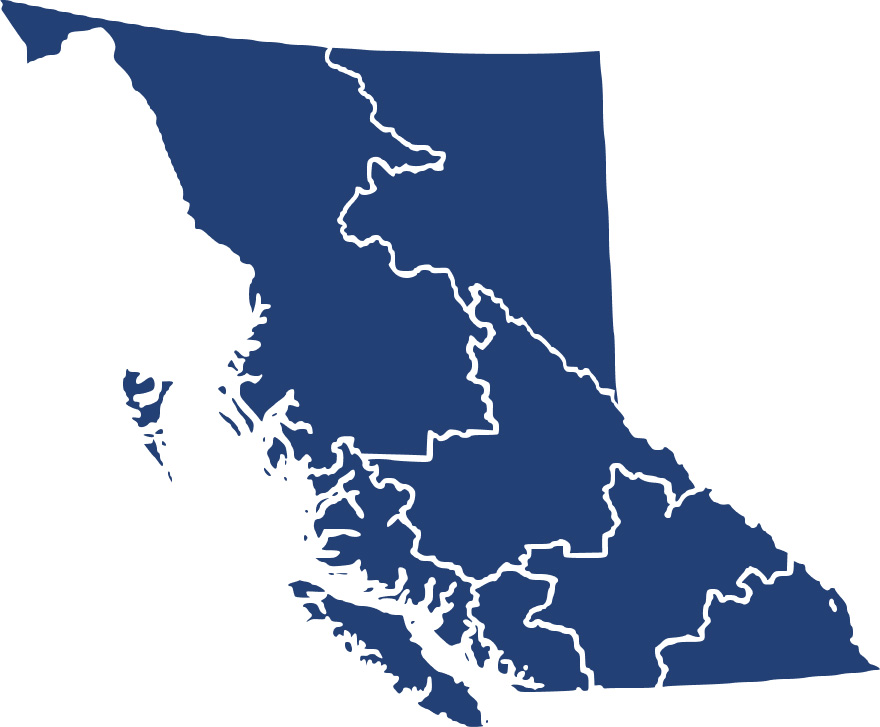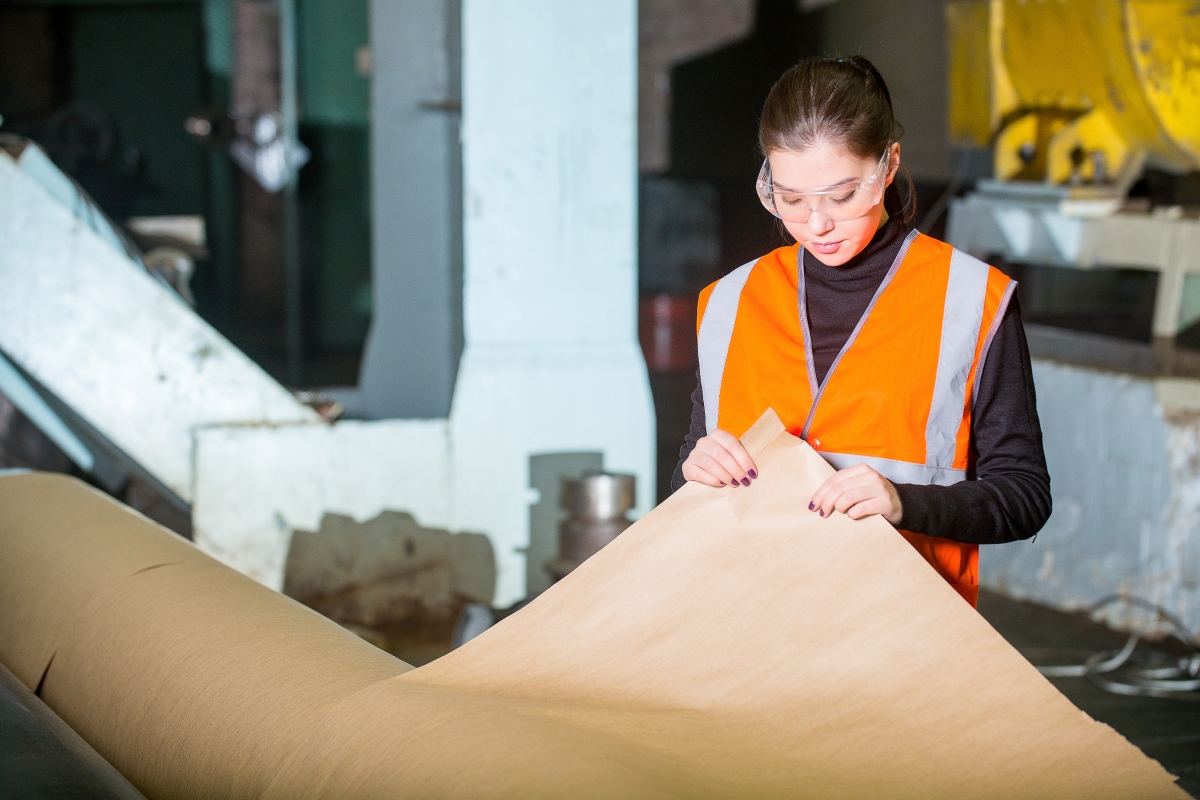Career Overview
Machine operators in this group:
- Run and look after wood processing equipment and machines to remove bark from logs, produce wood chips, preserve and treat wood, and produce waferboards, particleboards, hardboards, insulation boards, plywood, veneers and similar wood products
- Work in sawmills, woodrooms of pulp mills, planing mills, wood treatment plants, waferboard plants and other wood processing plants
Duties
Machine operators in this group perform some or all of the following duties:
- Run and look after various wood processing equipment and machines to remove bark, knots and dirt from logs
- Reduce logs or sawmill waste into wood chips or flakes; stack and band lumber; screen wood chips
- Produce waferboards, particleboards, hardboards and insulation boards
- Run and look after conveyors, lathes, sanding machines and other equipment to peel and slice veneer from logs and log sections, and to glue, press, trim, sand and splice veneer sheets
- Run and look after kilns, treating tanks and other equipment to dry lumber and other wood products, and to treat chemically and soak wood products with preservatives
- Watch equipment, panel indicators, video monitors, and other instruments to detect malfunctions and make sure that processes are operating according to specifications
- Put together plywood panels and repair plywood and veneer mechanically or manually
- Start up, shut down, set up, adjust and help maintain processing equipment and machines as needed
- Complete and maintain production reports
Earnings
Earnings is income that workers receive in exchange for their labour. Depending on the type of employment, earnings can be in the form of wages (hourly), salaries (fixed monthly or annual) or self-employed earnings.
Work Environment
# Workers Employed
590% Employed Full Time
60%Key aspects of the work in this occupation:
- Work takes place in a regular controlled indoor environment
- Work also takes place in an indoor setting where the temperature or humidity may vary greatly from normal room conditions
- Workers may be exposed to chemicals and preservatives that may be harmful
- The workplace may contain flying particles such as wood chips and airborne particles such as sawdust
- Working with equipment, instruments, machinery or power/hand tools may be a source of injury
- Workers may be exposed to steam or to intensely hot surfaces that are potential sources of injury
- The workplace may contain strong or toxic odours
- Noise in the workplace may cause distraction or hearing loss
Career Pathways
There is some movement among jobs in this group.
Progression to other positions in the wood, pulp and paper industries is possible with experience.
Related Careers
Occupational Interests
It’s important to understand what kinds of occupations align with your interests.
For more about occupational interests visit Skills for the Future Workforce > Characteristics.
Here are the top occupational interest(s) for this career profile:
Job Titles
Education, Training and Skills
- Completion of secondary school is usually required
- Several months of on-the-job training are provided
- For lumber kiln operators, particleboard operators and waferboard operators, some combination of college or company courses and up to one year of on-the-job training may be required
- Previous experience as a labourer in wood processing may be required
Education programs in B.C.
The following program areas are related to this occupation:
- Academic/Basic Upgrading

Skills
Every job calls for a certain set of skills. Knowing those skills is the first step in finding a good career fit.
Here, you will find the 10 most relevant workplace skills. Some are more important to achieving success in a certain career than others. These skills may come naturally to you or you may need to gain them through education, training and experience.
See the list of work-related skills below, ranked in order of importance for this career. Check out the list and see if this career matches your skills—take that first step!
Watching gauges, dials or other indicators to make sure that a machine is working properly.
Controlling operations of equipment or systems.
Conducting tests and inspections of products, services or processes to evaluate quality or performance.
Keeping track of and assessing your performance, other individuals, or organizations to make improvements or take corrective action.
Using logic and reasoning to identify the strengths and weaknesses of alternative solutions, conclusions or approaches to problems.
Giving full attention to what other people are saying, taking time to understand the points being made, asking questions as appropriate, and not interrupting at inappropriate times.
Talking to others to share information effectively.
Understanding written sentences and paragraphs in work-related documents.
Determining causes of operating errors and deciding what to do about it.
Considering the relative costs and benefits of potential actions to choose the most appropriate one.
Labour Market Statistics
Discover data, facts and information that have been gathered and analyzed. Learn about the characteristics of the economy and labour market in B.C.
Employment
Find out about employment types and trends by region and industry.
Employment
590Employment by Region















| Region | Employment | % Employment of this Occupation |
|---|---|---|
| Cariboo | 105 | 17.6% |
| Kootenay | 40 | 6.7% |
| Mainland/Southwest | 180 | 30.3% |
| North Coast and Nechako | 35 | 5.9% |
| Northeast | 10 | 1.7% |
| Thompson-Okanagan | 180 | 30.3% |
| Vancouver Island/Coast | 40 | 6.7% |
Labour Market Outlook
The B.C. Labour Market Outlook is a 10-year forecast of the expected supply and demand for labour in the province. It’s usually updated every year. The purpose is to provide British Columbians with the knowledge to make informed decisions on careers, skills training, education and hiring.
Forecasted Job Openings (2023-2033)
120Forecasted Job Openings
Forecasted Employment Growth Rate
Composition of Job Openings
Job Openings by Region (2023-2033)















| Region | Job Openings | Avg. Annual Employment Growth |
|---|---|---|
| Cariboo | 20 | -2.0% |
| Kootenay | 10 | 0.0% |
| Mainland/Southwest | 10 | -2.4% |
| North Coast and Nechako | Not available | Not available |
| Northeast | Not available | Not available |
| Thompson-Okanagan | 60 | 0.0% |
| Vancouver Island/Coast | 10 | -1.3% |
Industry Highlights
Learn about the opportunities in B.C.'s major industries, including employment trends, earning potential, locations of work and more.
Forecasted Job Openings by Industry
| Industry | Job Openings (2023-2033) |
|---|---|
| Manufacturing | 90 |
| Wholesale Trade | 30 |
| Forestry, Logging And Support Activities | 0 |
Resources
Resource information is currently not available.







